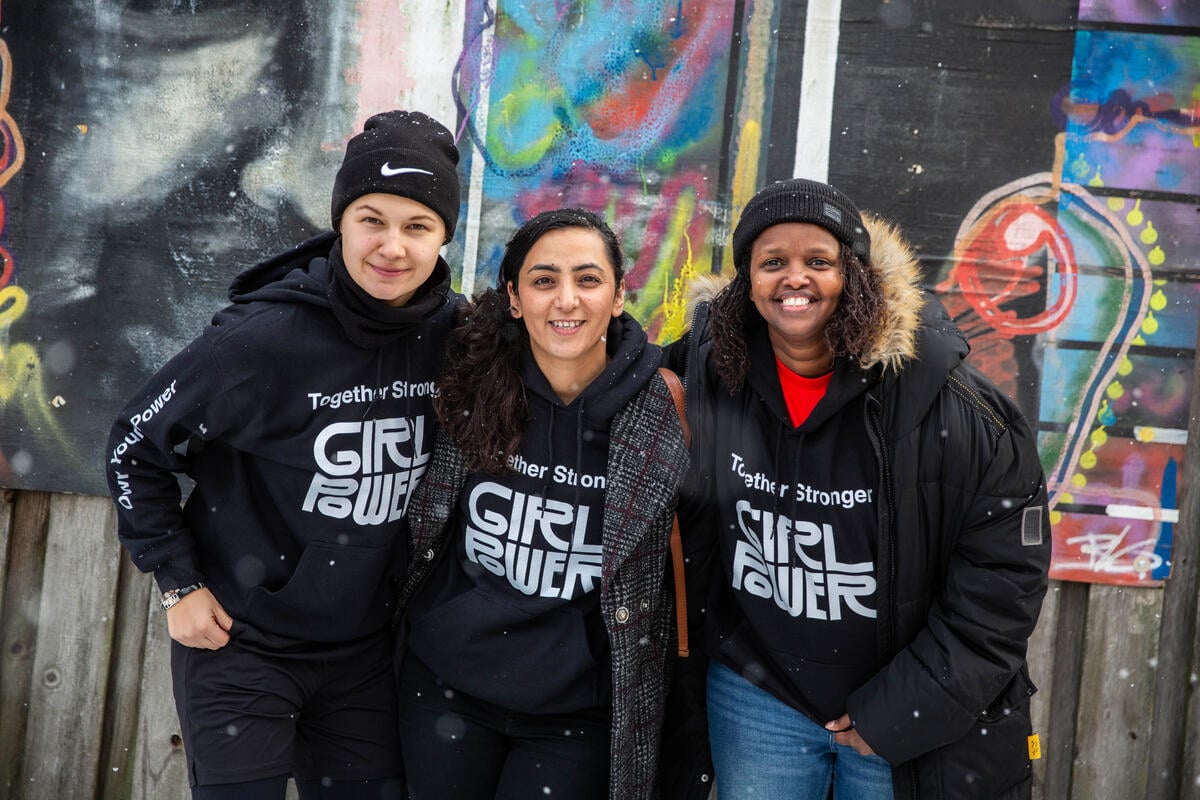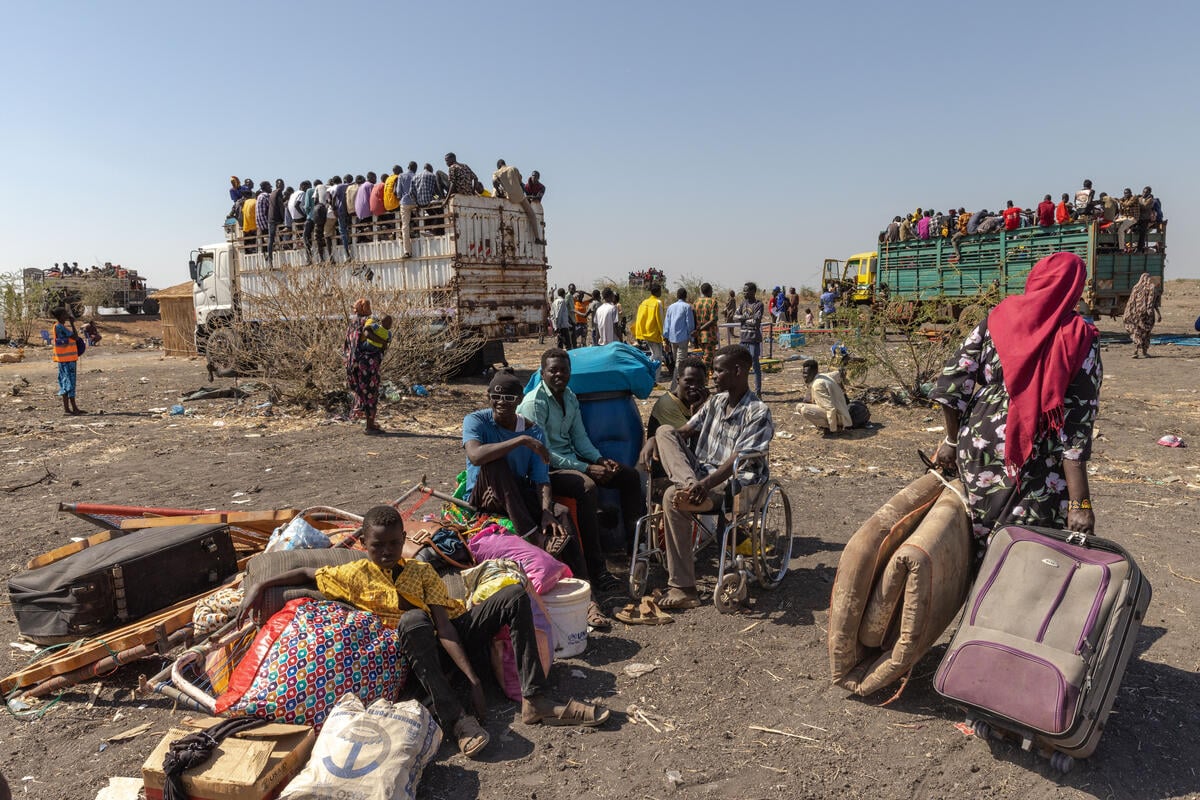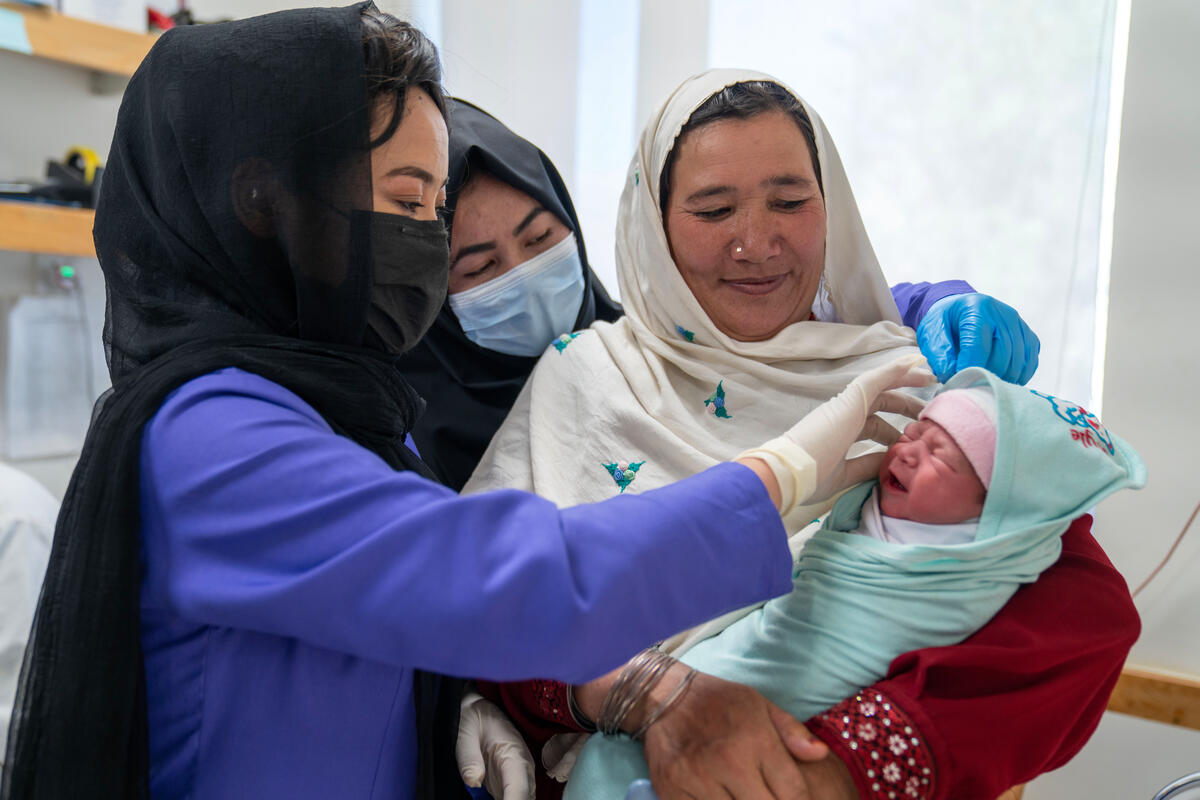Afghanistan: Returns top 400,000
Afghanistan: Returns top 400,000
By the end of the day, Monday, more than 400,000 Afghan refugees had returned to Afghanistan two months after UNHCR and the Afghan Interim Administration, in collaboration with Pakistan, Iran and Tajikistan, launched an assistance programme for returnees. Returns from Pakistan alone have topped 370,000 since 1 March, when the programme began. In the three weeks since a similar scheme was started from Iran, 23,000 Afghans have gone home from Iran. The rest of the returnees came from Tajikistan.
Later this week, a second crossing point is scheduled to open from Dogharoun in Iran to Zaranj in Afghanistan's Nimroz province. There are already three crossing points functioning for refugees returning from Pakistan
Returnees from Pakistan receive US $20 each, or $100 per family, when they arrive in Afghanistan. Once in their home provinces, they also receive a UNHCR package containing plastic sheeting, mats, blankets, stove, lamp, kitchen set and hygienic kit and 150 kilogrammes of wheat. Afghans going home from Iran are transported by the Iran authorities to the Afghan border and from there by IOM up to their home provinces in Afghanistan. There, each returnee receives a $10 travel grant and a relief package similar to that provided to arrivals from Pakistan. Most of the arrivals are heading for Kabul and Nangarhar provinces. Because of continuing insecurity and lack of absorption capacity, UNHCR is simply facilitating returns. The returns are voluntary.
UNHCR also is continuing to help internally displaced people (IDPs) return to their homes in Afghanistan. So far, more than 30,000 internally displaced have been assisted in going home. Today, for example, UNHCR, in cooperation with the International Organization for Migration (IOM), began moving IDPs from areas in Kabul to Bamiyan in the heart of the Hindu Kush mountains. The journey takes at least six hours overland from the Afghan capital, with around 260 families expected to return in all this week. These returnees will receive a winterization package - since the weather is still cold in Bamiyan, and several villages had virtually all their buildings reduced to wrecked shells during the Taliban occupation of Bamiyan.
In Nangarhar, UNHCR has moved more than 3,000 IDPs from Sar Shahi camp back to their villages mostly within the province. Earlier this year, UNHCR helped return 8,000 IDPs in the Panjshir Valley to the Shomali plain north of Kabul. UNHCR, the Ministry of Repatriation, and IOM have also helped more than 15,000 IDPs go back from the old Soviet compound in Kabul to Shomali.








